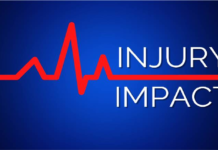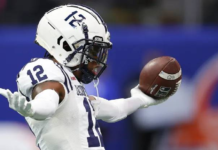In August, hundreds of white men with torches marched across the University of Virginia campus. They chanted “Jews will not replace us!” and “Blood and soil!” and fought with counter-protesters in the streets.
The footage and photographs from the far-right rally in Charlottesville, Virginia, left people around the world shaken. These were white nationalists and neo-Nazis marching proudly in public, faces bare, in support of an openly fascist ideology.
For months before the Unite the Right rally in Charlottesville, news outlets had been profiling the emboldened racist extremists who had celebrated the election of Donald Trump. The coverage had often sparked backlash, with readers across the political spectrum arguing that fringe racists were being given too much of a platform, and that media coverage was blowing their influence out of proportion.
Charlottesville made clear that far-right groups were a serious, violent threat. But it did not put an end to the debates over media coverage of these groups – and the fierce criticism when news organizations produced coverage that readers saw as too “normalizing”.


















